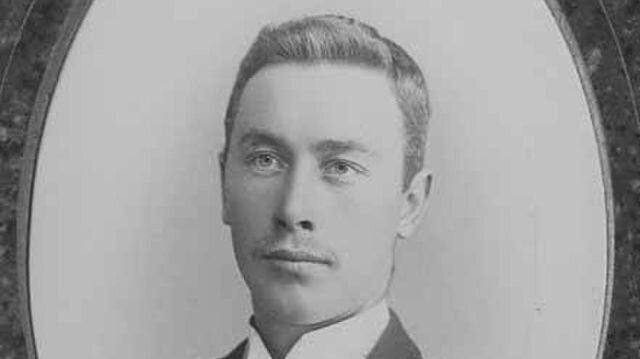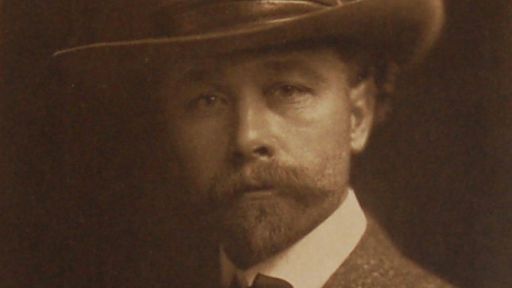Edward S. Curtis is born in February in White Water, Wisconsin. Shortly after, the family moves to Minnesota.
He and his father Johnson move West, hoping to find a homestead easier on his father's health. Edward buys his first camera.
After Edward and his father settle in Washington territory, his mother, brother and sister join them. Three days after their arrival, Johnson dies.
Becomes a partner in two successive photographic studios.
Marries Clara Phillips.
Photographs "Princess Angeline," daughter of Chief Seattle, one of his first Native American subjects.
Photographs an expedition on Mt. Ranier and wins 1st Place at the National Photographic Convention.
Joins the famous Harriman Expedition to Alaska. The Indian pictures, which follow after this expedition, establish his artistic genius.
Travels to visit the Blackfeet (a.k.a Piegan) Indians in Montana on his first formal photographic venture.
Formally begins what would become his life's work—The North American Indian.
Photographs Chief Joseph in his Seattle studio. He later writes that Joseph, "was one of the greatest men that ever lived."
After his photographs are printed in The Ladies Home Journal, he is invited to make portraits of President Theodore Roosevelt's sons.
Holds his first New York exhibit, at the Waldorf Astoria for New York's wealthiest families.
J.P. Morgan offers Curtis $75,000 to help finance a series on The North American Indian with a 20-volume series and 1,500 photographs.
First volume of The North American Indian completed.
Begins asking Indians to re-enact famous battles or conduct tribal ceremonies for his camera.
Films IN THE LAND OF THE HEADHUNTERS, the first ethnographic film, re-creating Indian life on the North Coast.
Publishes eight of the 20-volume set.
Curtis' wife, Clara, files for divorce.
Moves from Seattle to Los Angeles with Beth and in 1920 assists Cecil B. DeMille on THE TEN COMMANDMENTS.
The final volumes of The North American Indian are published.
With the Great Depression, however, there is little interest in the work and it sinks into obscurity.
Curtis is hospitalized in a Denver osteopathic clinic for exhaustion and depression.
Does still and motion picture camera work on Cecil B. DeMille's THE PLAINSMAN starring Gary Cooper.
During the 40s, works on a book about sea otters and another about gold mining.
Begins a three year correspondence with Harriet Leitch, a Seattle librarian who had rediscovered his work.
Eyesight failing, bad hip making it difficult to walk, moves into the home of his daughter Beth and her husband.
Dies.
A clerk in a Boston bookstore accidentally discovers hundreds of Curtis' prints and copper plates.
The discovery inspires renewed interest in the work and life of Edward Curtis, and in the history and culture of Native Americans.


